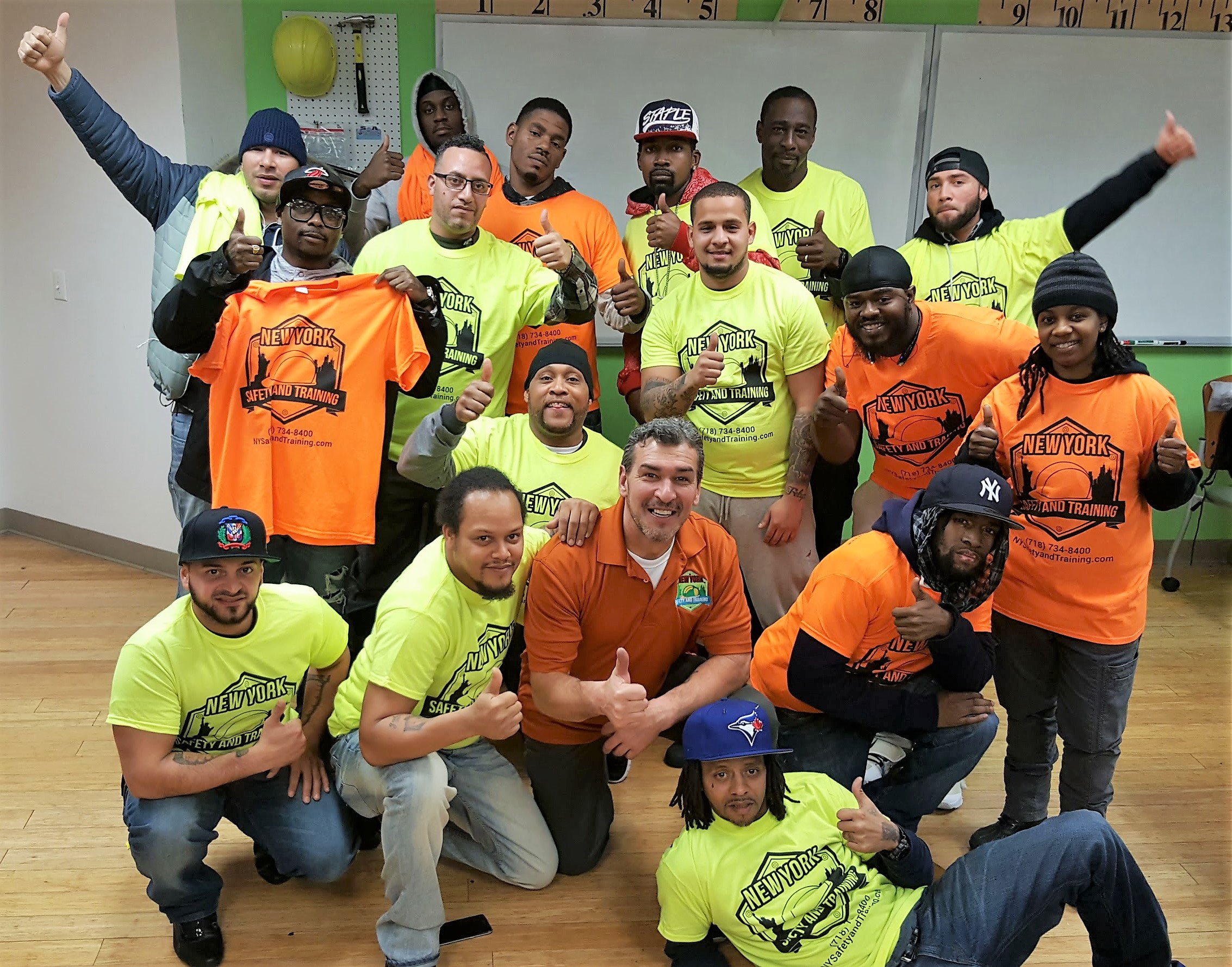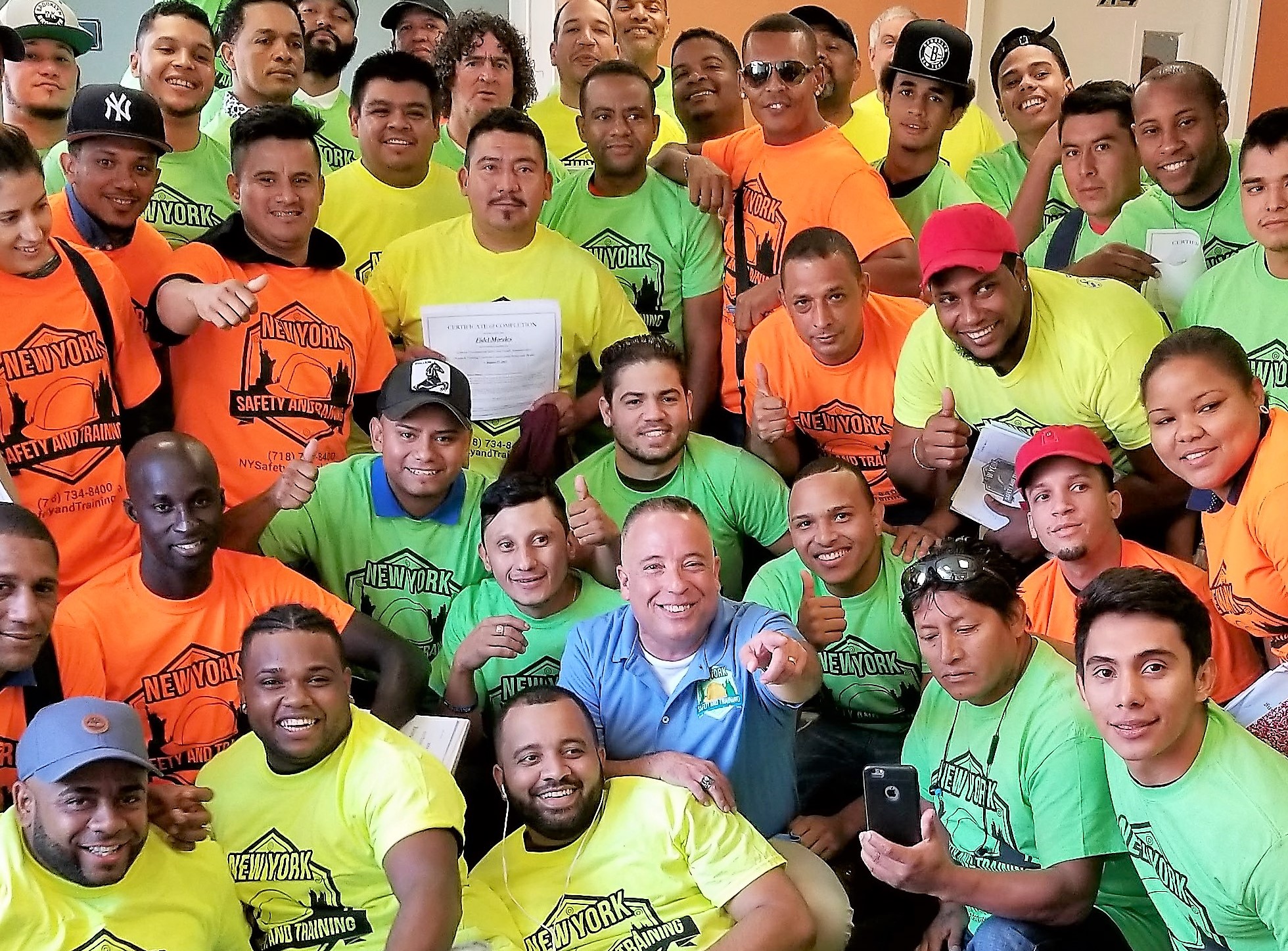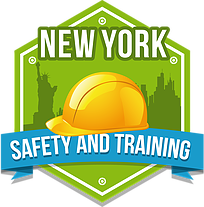New York Safety and Training’s 30-hour General Industry Outreach Training Program is intended to provide a variety of training to workers with some safety responsibility. Training emphasizes hazard identification, avoidance, control, and prevention, not OSHA standards. Instructional class time is a minimum of 30 hours. The topic requirements are as follows:
OSHA mandates that the 30 hours of training be broken into 13 hours of mandatory topics, 10 hours of elective topics, and 7 hour sof optional topics as follows:
Mandatory – 7 hours
Introduction to OSHA – 2 hours.
Covers workers’ rights, employer responsibilities, and how to file a complaint. It includes helpful worker safety and health resources. It also provides samples of a weekly fatality and 3 catastrophe report, material data safety sheet, and the OSHA Log of Work-Related Injuries and Illnesses.
Managing Safety and Health – 2 hours.
May include Injury and Illness Prevention Programs, job site inspections, accident prevention programs, management commitment and employee involvement, worksite analysis, hazard prevention and control, accident investigations, how to conduct safety meetings, and supervisory communication.
Walking and Working Surfaces, including fall protection – 1 hour.
Covers trip hazards and considerations of different surfaces that employees may have to walk and work on.
Exit Routes, Emergency Action Plans, Fire Prevention Plans, and Fire Protection – 2 hours.
Covers emergency evacuation procedures and routes, proper response to fire emergencies, and recognition of work-place fire hazards and protection..
Electrical – 2 hours.
Covers recognition and avoidance of electrical hazards and the dangers involved with working with electrical equipment.
Personal Protective Equipment – 1 hour.
Covers the proper, effective use of personal protective equipment (such as hearing protection, safety goggles, and gloves), including statistics of injuries related to the failure to properly use personal protective equipment.
Hazard Communication – 1 hour.
Covers the proper way to label and catalogue hazardous materials and chemicals, such as cleaners and photocopier toner cartridges.
Materials Handling – 2 hours.
Covers diverse operations such as hoisting tons of steel with a crane, driving a truck loaded with concrete blocks, manually carrying bags and material, and stacking drums, barrels, kegs, lumber, or loose bricks.
Elective – 10 hours
New York Safety and Training presents at least 10 hours of training on the following topics. At least 5 of the following topics will be presented. The minimum length of any topic is one-half hour.
- Machine Guarding: Covers safety risks related to any moving parts of machines on premises. This topic is most common to industrial or MAKING work places which have such as a printing press or assembly line.
- Introduction to Industrial Hygiene: Industrial hygiene is the science of anticipating, recognizing, evaluating, and controlling workplace conditions that may cause workers’ injury or illness. Specifically, this topic covers considerations of ventilation and circulation of potentially hazardous fumes or vapors in the work place.
- Bloodborne Pathogens: Covers the dangers associated with potential exposure to pathogenic microorganisms in the blood that could carry hepatitis B virus (HBV) and human immunodeficiency virus (HIV), among other pathogens.
- Ergonomics: This topic teaches how the use of Ergonomics, which is fitting a job to a person, helps lessen muscle fatigue, increase productivity, and reduce the number and severity of work-related musculoskeletal disorders.
- Safety and Health Program: Covers topics for consideration for creating, implementing, and enforcing your own workplace Safety and Health Programs
- Fall Protection: Covers ways to protect workers against fall hazards. This topic is particularly useful to industries with heightened fall dangers, such as stage actors or lighting technicians.
- Hazardous Materials (Flammable and Combustible Liquids, Spray Finishing, Compressed Gases, Dipping and Coating Operations): Covers safety considerations involving potentially harmful chemicals or objects.
- Permit-Required Confined Spaces
- Lockout / Tagout
- Welding, Cutting, and Brazing
- Powered Industrial Vehicles
Optional – 7 hours
New York Safety and Training reserves 7 hours of class time to each other general industry hazards or policies and/or expand on the mandatory or elective topics. The minimum length of any topic is one-half hour.


